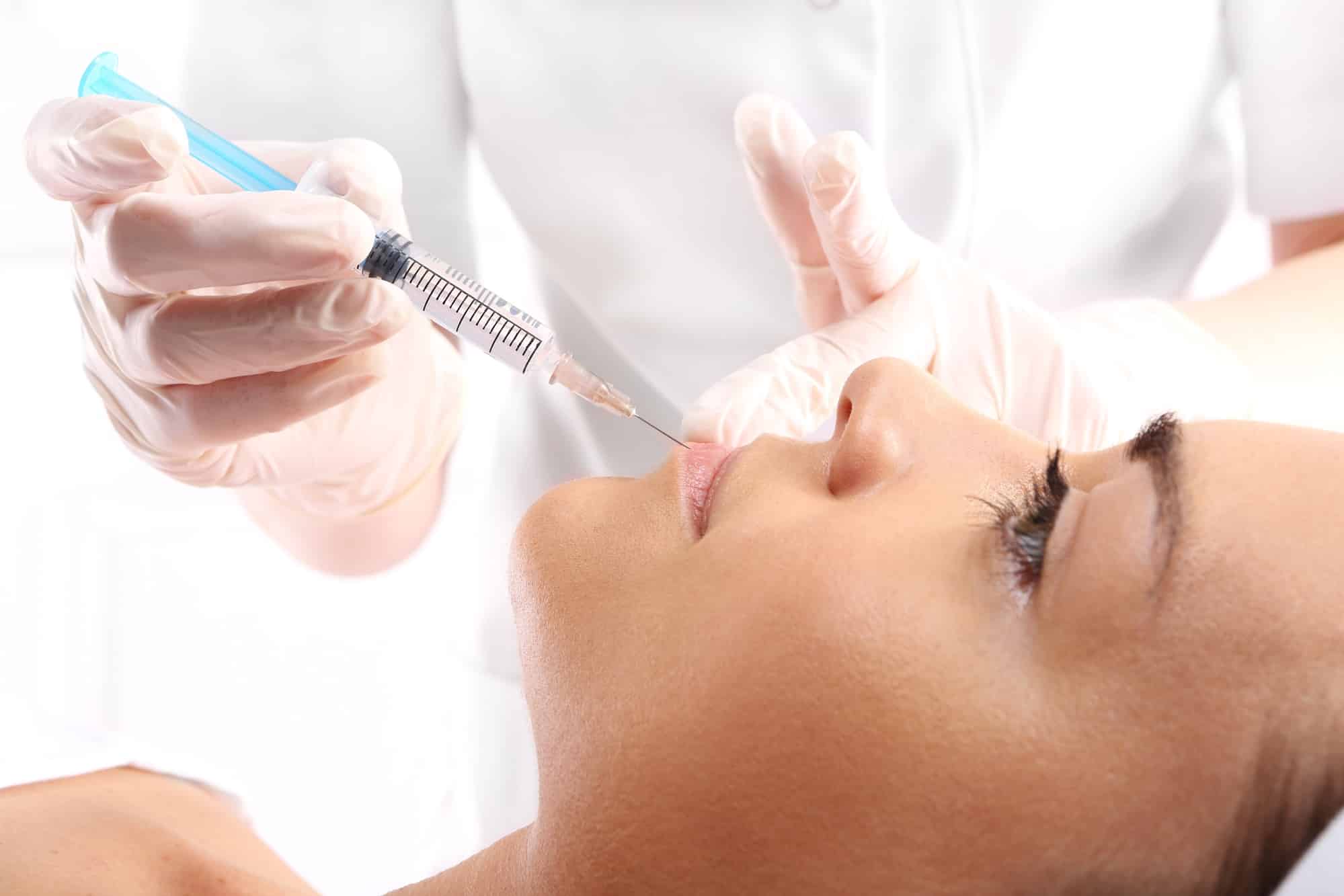
Botulinum toxin is a biological agent that has been isolated from the Hall strain of Clostridium bacterium and adapted for cosmetic and clinical use. The most popular cosmetic product is Botox, a drug containing purified botulinum toxin. The toxin has been used for decades in treating various medical conditions including neck spasms, muscle hyperactivity, cranial nerve disorders, excessive sweating, and eye spasms. In the cosmetic industry, it is the most popular procedure for temporarily reducing skin wrinkles created by facial movements. Common areas treated with botulinum toxin are forehead wrinkles, crow’s feet adjacent to the eye, and frown lines or glabellar lines. Out of 8 studied serotypes (A to H) of botulinum toxin, type A and type B are the only approved forms for cosmetic and medical indications.
Type A
Allergan’s Botox is the first ever botulinum toxin product to be synthesized and approved for therapeutic use. Currently, there are several botulinum toxin type A products approved for various applications, including Galderma’s Dysport and Merz’s Xeomin. These products and Botox differ in formulations, dosage or activity units, and presence of NAP or neurotoxin associated proteins.
Type B
Myobloc/Neurobloc by Solstice Neuroscience Incorporated is the only type B preparation approved for severe spams in the neck muscles. It is also being used off-label for facial wrinkles, blepharospasm, and other various purposes.
Related Articles
Joanna Carr
Why Is Wet Macular Still Wet After Taking Eylea Injection?
Discover reasons why wet macular degeneration may persist even after Eylea injections and learn about potential factors affecting treatment outcomes.
Joanna Carr
Beyond Beauty: Understanding the Long-Term Effects of Jalupro
Explore the long-term effects of Jalupro for beauty enhancement. Learn more at Doctor Medica.
Joanna Carr
Understanding Jalupro: Is it a Filler or Something More?
Uncover the versatility of Jalupro: Is it simply a filler or something more? Learn about its benefits with Doctor Medica.


